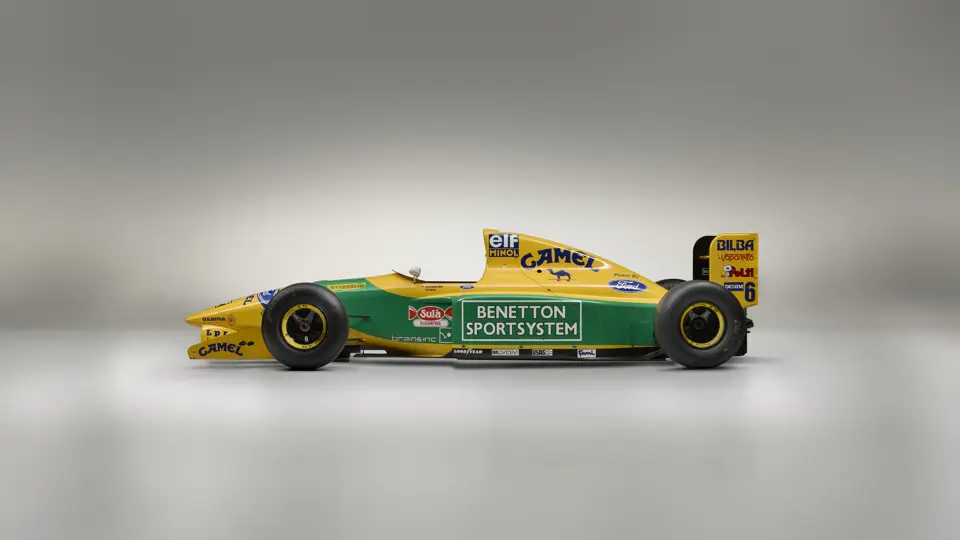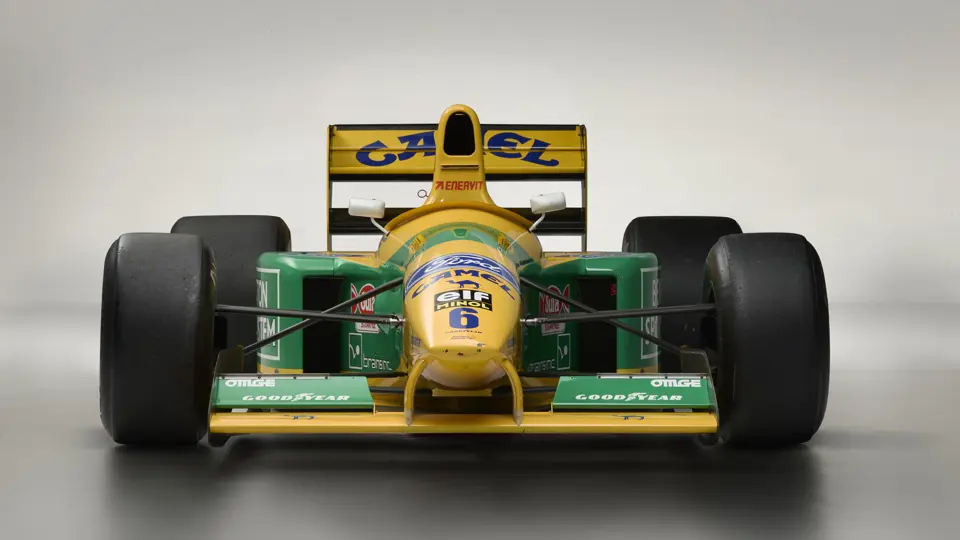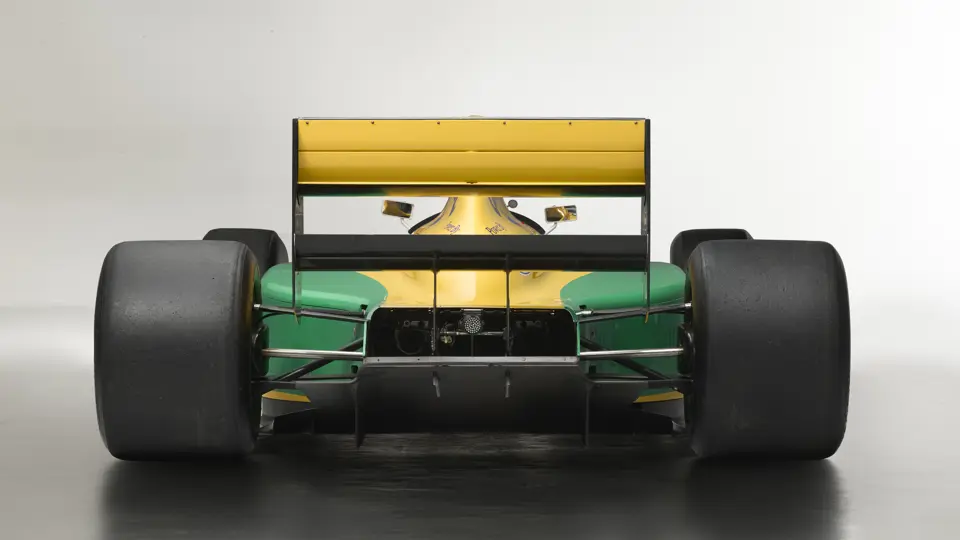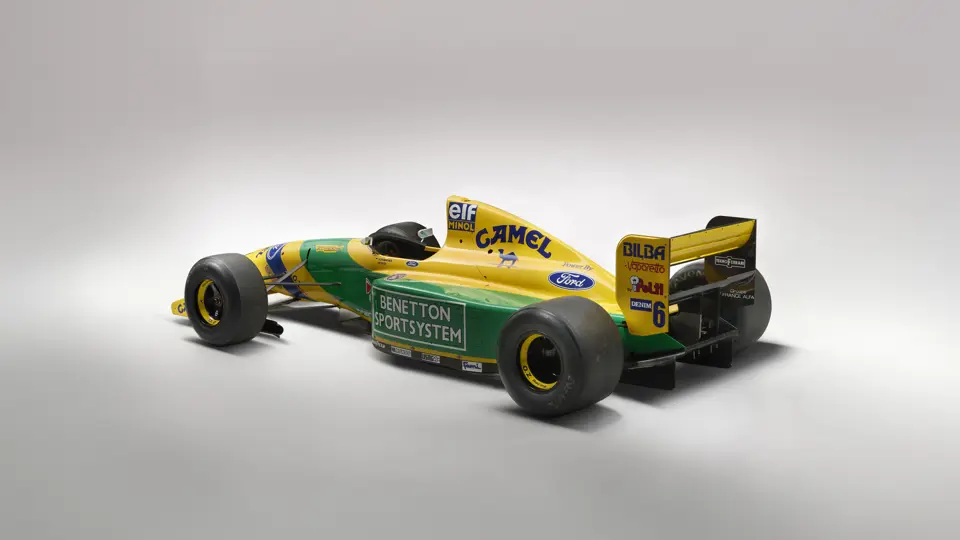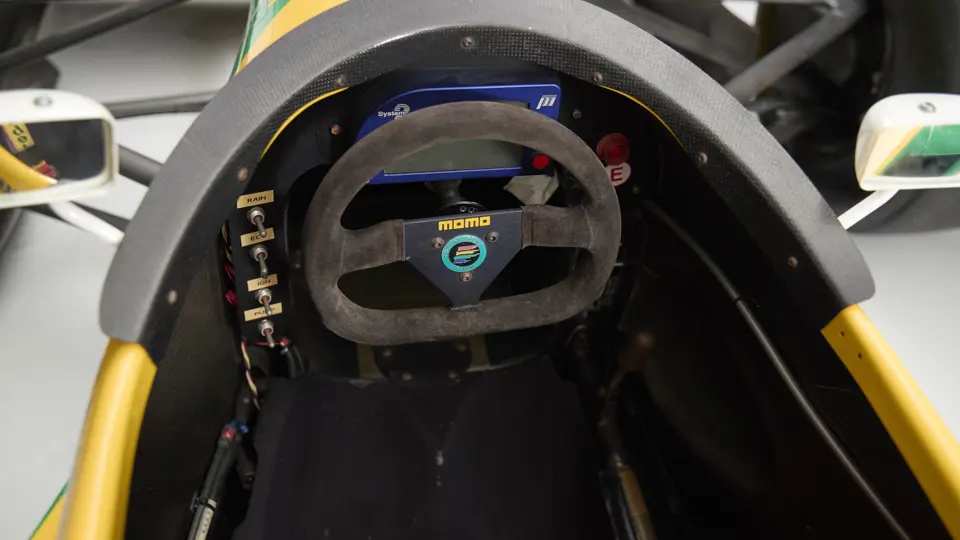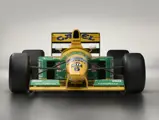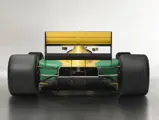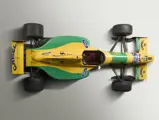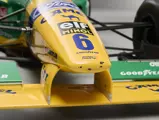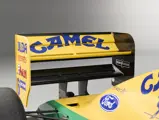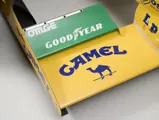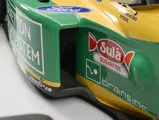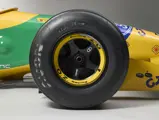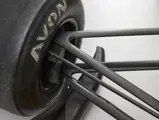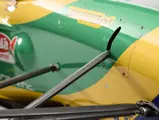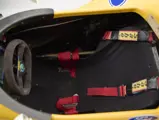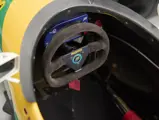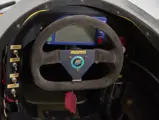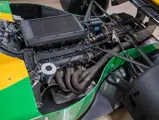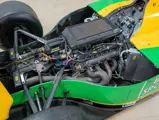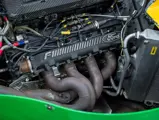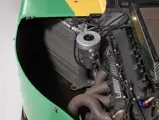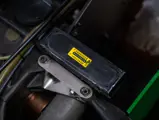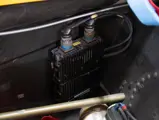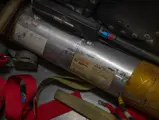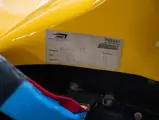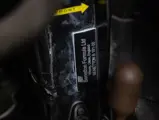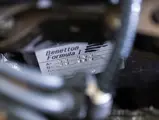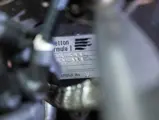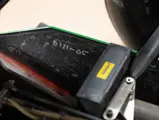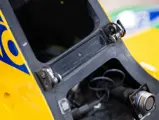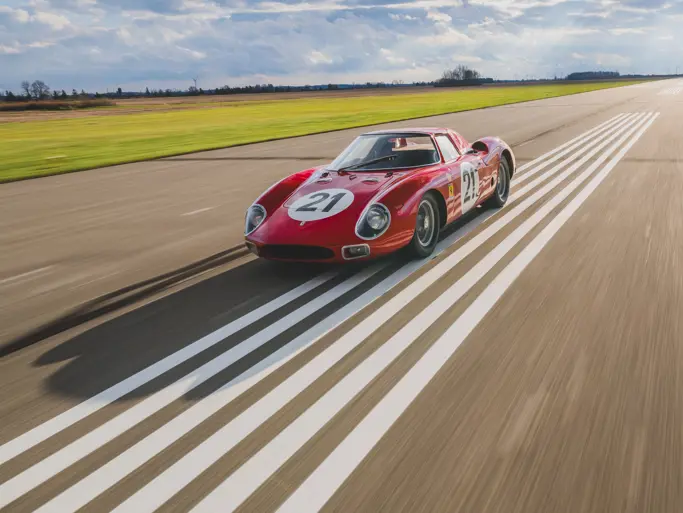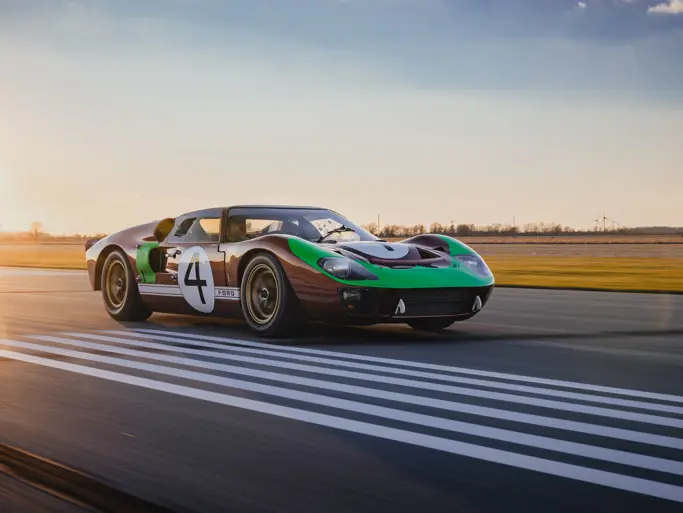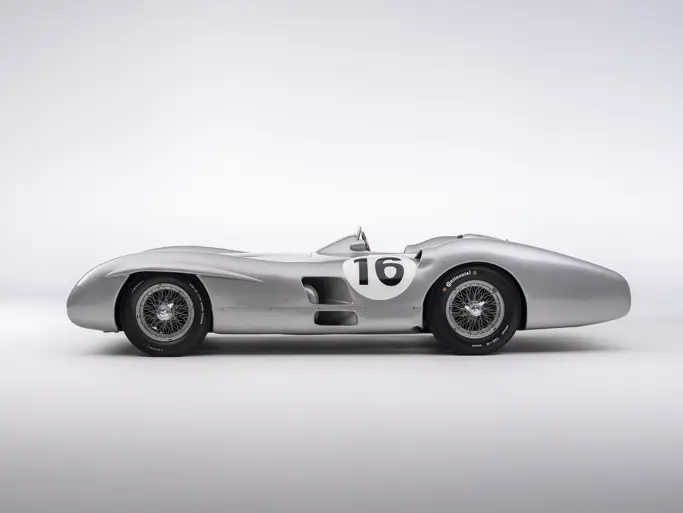The B192 chassis was finally ready for the next race of the season at the Spanish Grand Prix, and the B191s were retired. Schumacher would go on to secure six podium finishes and two fastest laps, finishing the season with 53 points—earning him a 3rd-place finish in the Drivers’ Championship behind Nigel Mansell and Riccardo Patrese and beating the defending 1991 Champion, Ayrton Senna, by three points. Martin Brundle would go on to secure five podium finishes, finishing 6th in the Drivers’ Championship with 38 points. Williams’ Mansell won the Drivers’ Championship and Williams-Renault would also win the Constructors’ Championship, with McLaren-Honda and Benetton-Ford finishing 2nd and 3rd, respectively.
Benetton’s Schumacher years are regarded as the team’s best. Schumacher would go on to win his first and second Drivers’ Championships with the team in 1994 and 1995—in the latter of which the Benetton team would win what would be their sole Constructors’ Championship.
CHASSIS NO. B191-08 IN RETIREMENT
After chassis B191-08 was retired from racing, it was purchased by a Mr. Mortlock directly from Benetton around the time Renault purchased the team. The car was subsequently sold in December 2000 to a US-based private collector. In April of 2001, under the supervision of F1 expert Fred Goddard, the car was run at Donington Park in England. The car was subsequently flown from England to South Florida. It then made what would be its final track appearance in July at the Brian Redman Vintage Racing Weekend at Road America in Elkhart Lake, Wisconsin. Once again, the car was supervised by Goddard. It would partake in practice, but the owner decided to withdraw the car prior to the race, not wanting to risk things on a race day which had inclement weather.
In June 2005 the Indianapolis Motor Speedway Museum purchased chassis B191-08. It has since been proudly on display at the Museum, leaving Speedway, Indiana, only for a limited number of special occasions. In 2017, it was part of a Grand Prix car display at the Canadian International AutoShow in Toronto, and it was also exhibited at the Cincinnati Concours d’Elegance at Ault Park. The car was further displayed in the summer of 2024 at the Savoy Auto Museum in Cartersville, Georgia.
Today chassis B191-08 is offered in a livery similar to that of the 1993 Benetton team. Just below the sideview mirrors are listed the 1993 Benetton team driver’s names, Schumacher and Patrese, and the front nose cone prominently features #6, which was Patrese’s number for the 1993 season. This car was never used in race events for the 1993 season, and it is unknown when these changes were made; however, it may have been done for team marketing purposes in period, as prior-year cars were sometimes kept by the team and re-liveried to appear like the current year’s cars for promotion or display.
Currently the car rides on O.Z. Racing wheels with Avon Tires. The cockpit features Sabelt seatbelts, a MOMO steering wheel, and a Pi System 2 dash unit. An engine and a manual gearbox are still fitted in the car, which, after a recommissioning, would allow the next owner to enjoy the visceral experience that was 1990s F1.
It is accompanied by a scanned photocopy of a Benetton certificate of authenticity confirming Schumacher’s use and a copy of the F1 book Autocourse 1992 outlining this car’s use in the first three races of the 1992 season. The car is accompanied by a selection of spares.
With a Formula One resume that includes 68 pole positions, 77 fastest laps, 155 podium finishes, and seven Drivers’ Championships—including back-to-back with Benetton in the mid-1990s and later the sport’s only five-peat with Ferrari in the 2000s—Michael Schumacher goes down in history as, simply, one of the best drivers ever. Opportunities do not frequently arise to acquire a car from early in his career.
This Benetton B191, driven by Schumacher during his first full season in Formula One competition, would make a wonderful and significant addition to any collection.

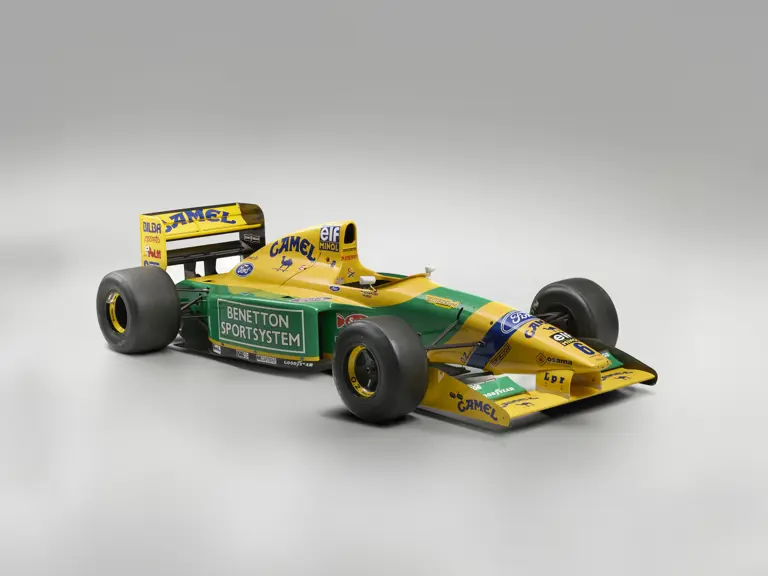

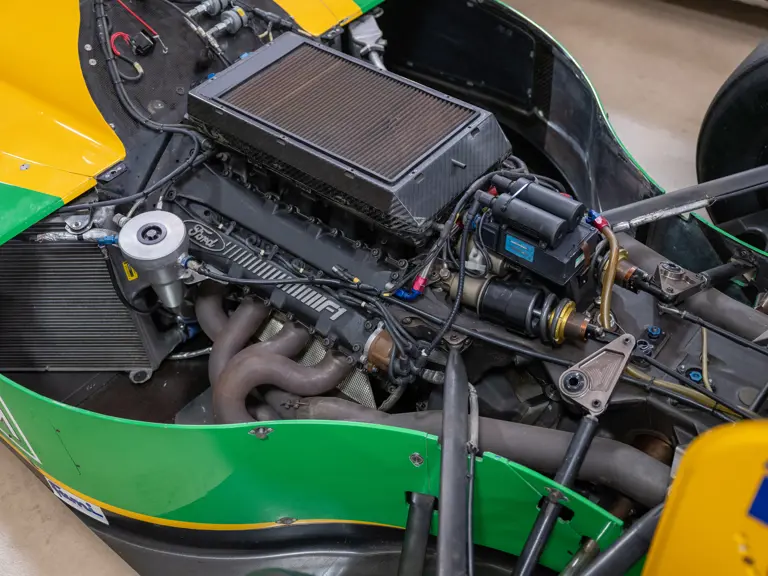
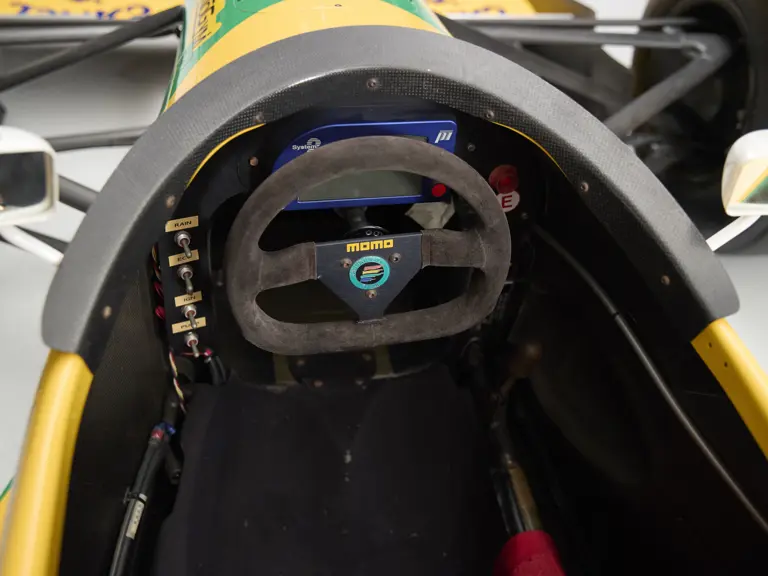
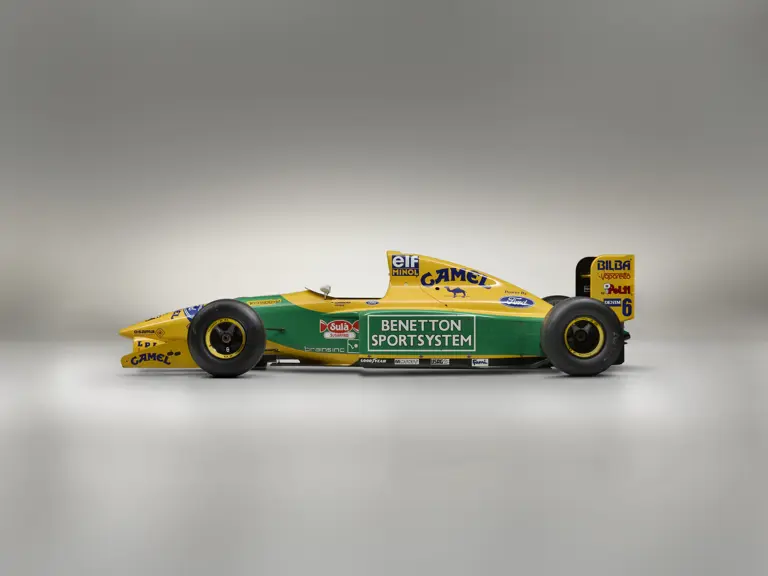
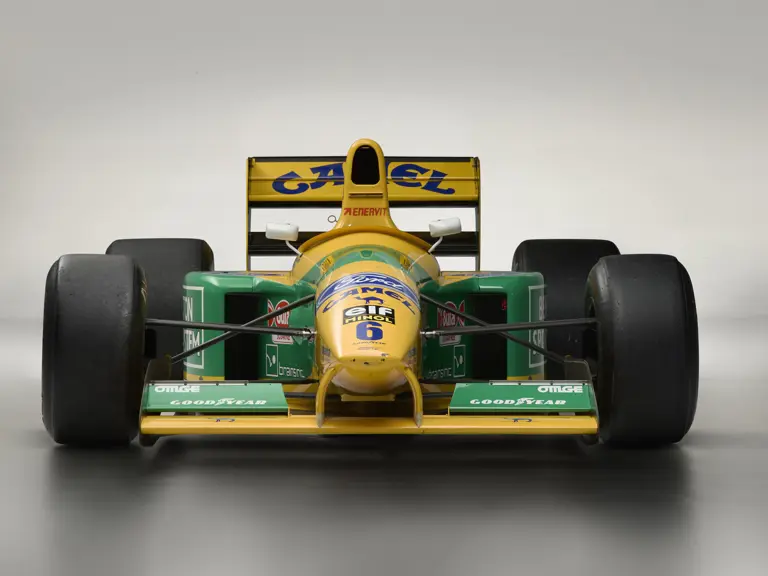
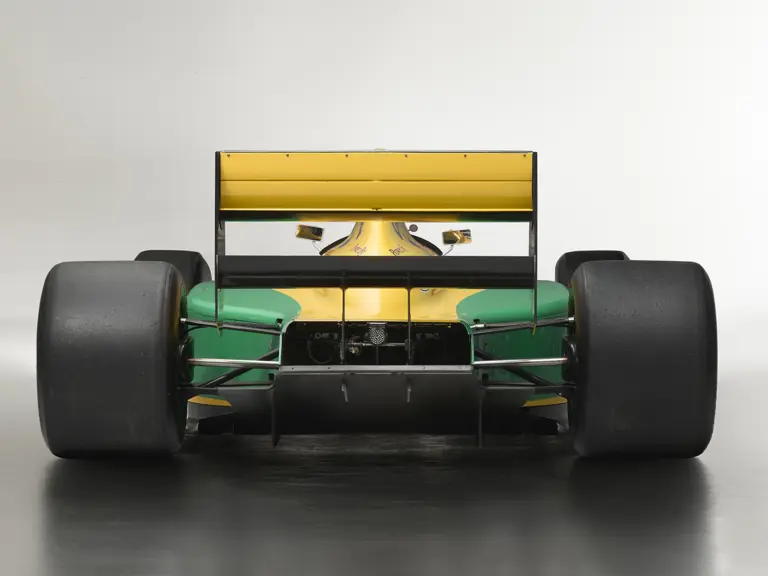


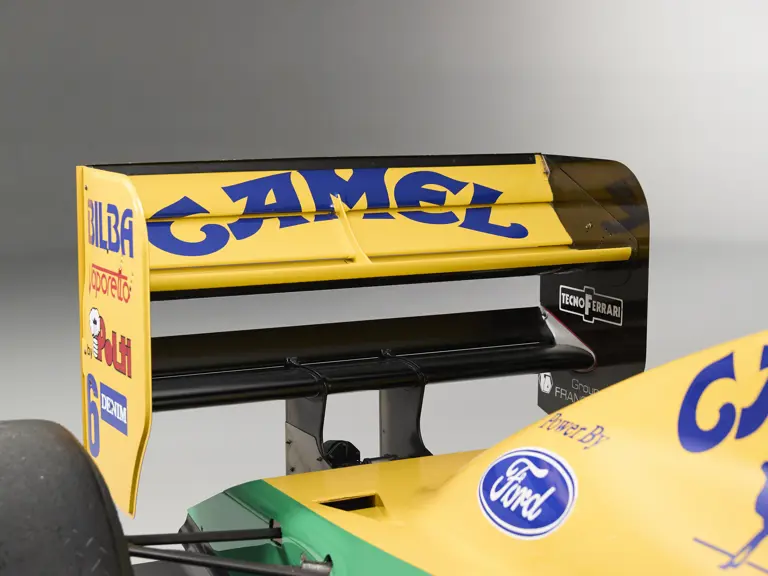



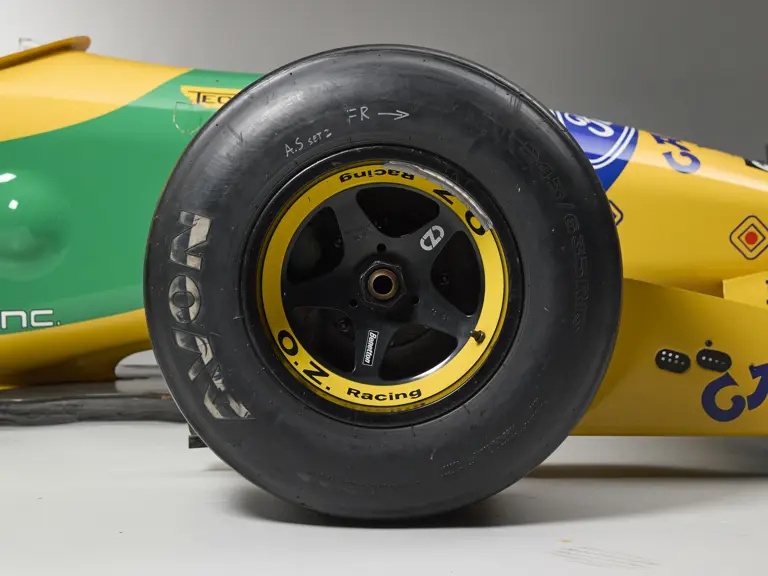
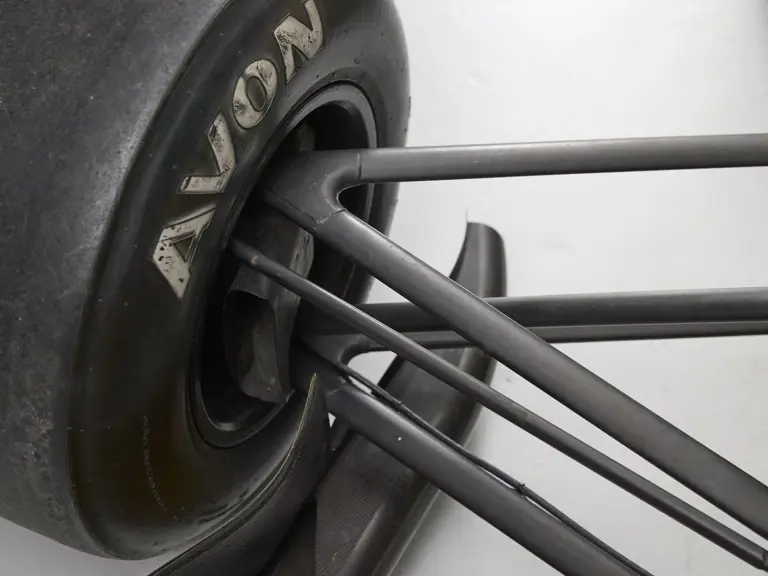
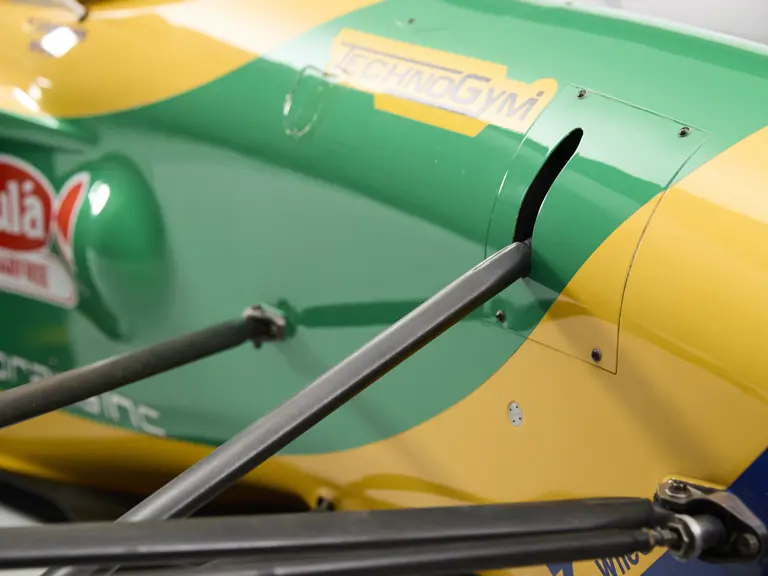

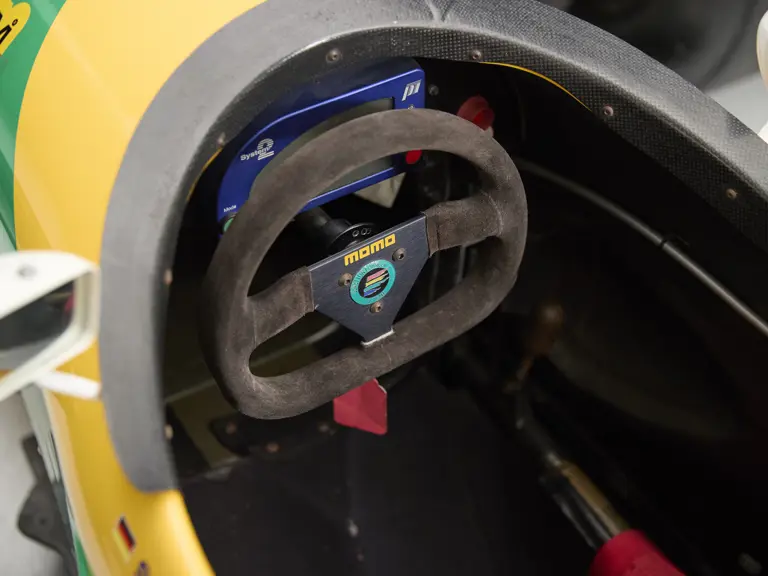
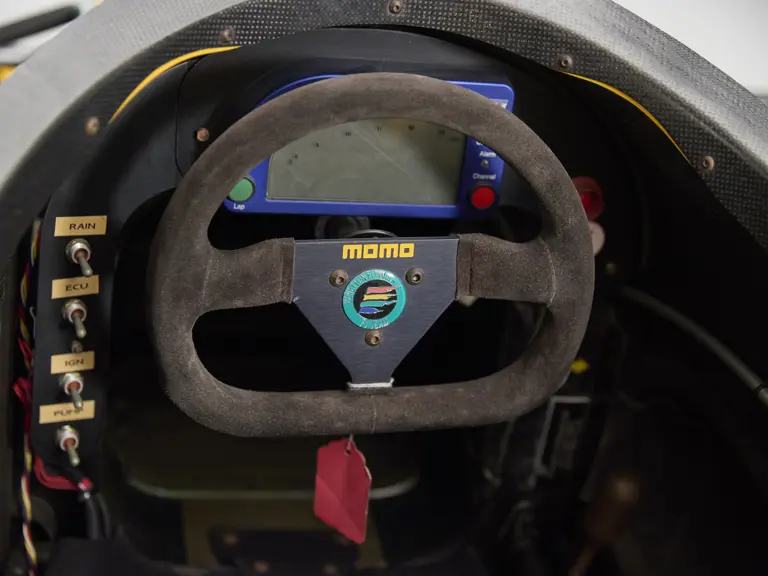
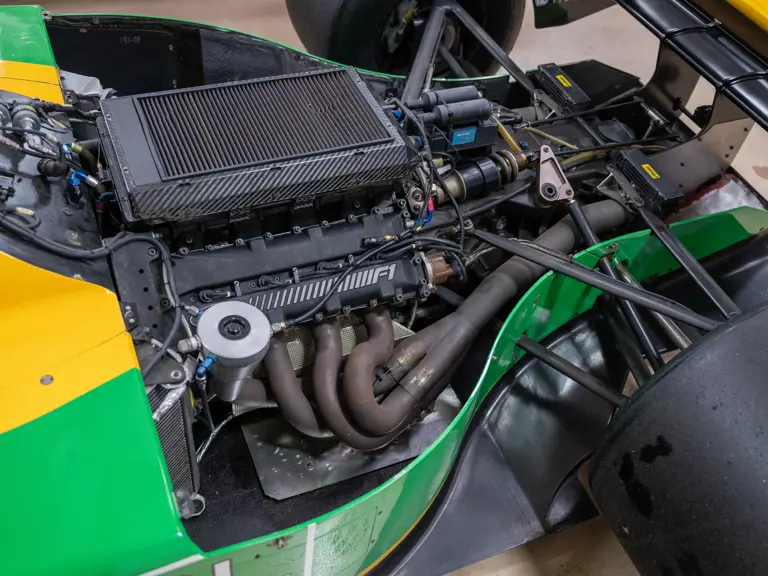


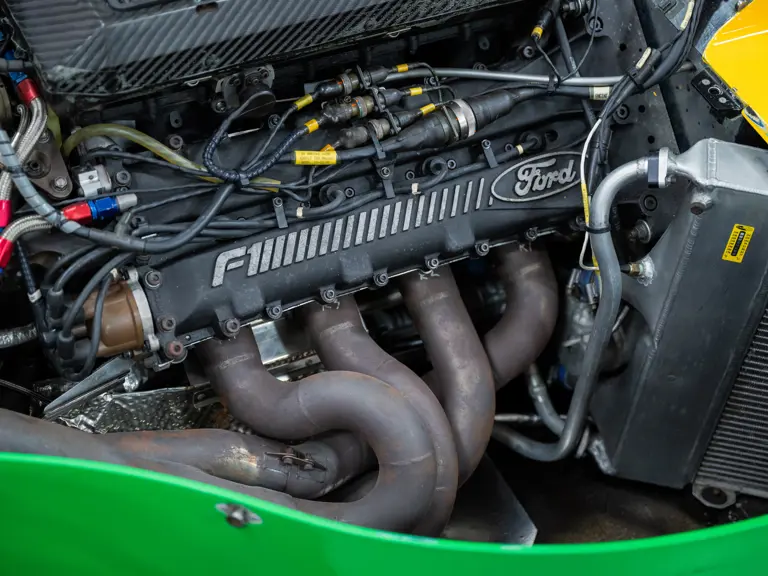
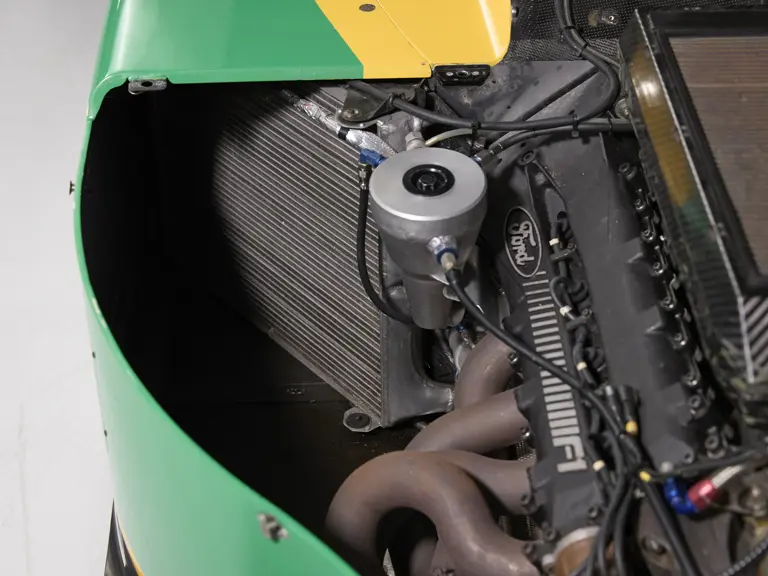
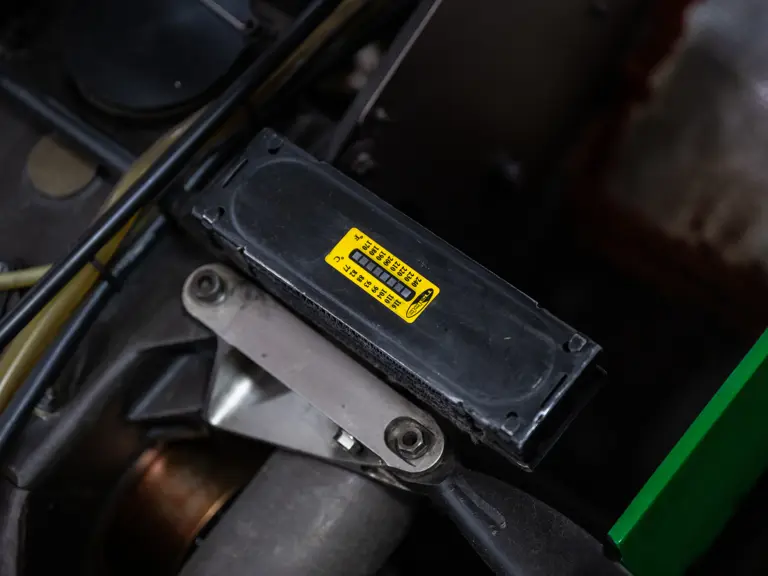
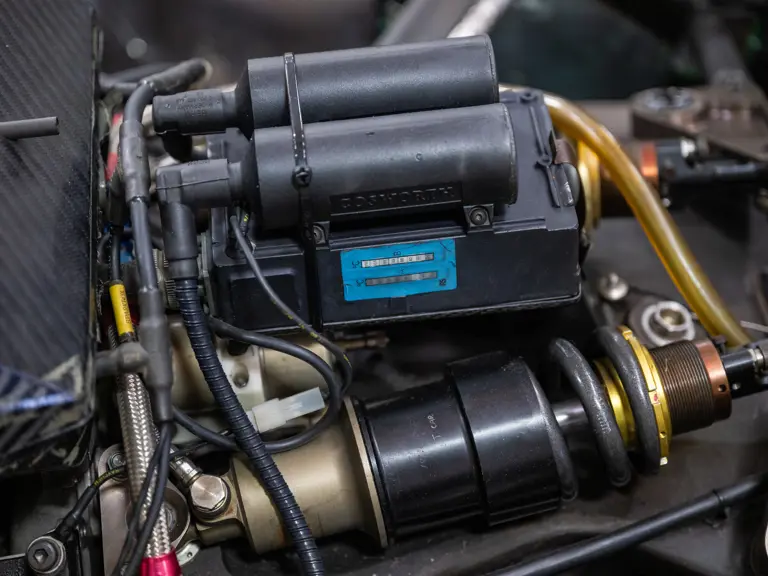
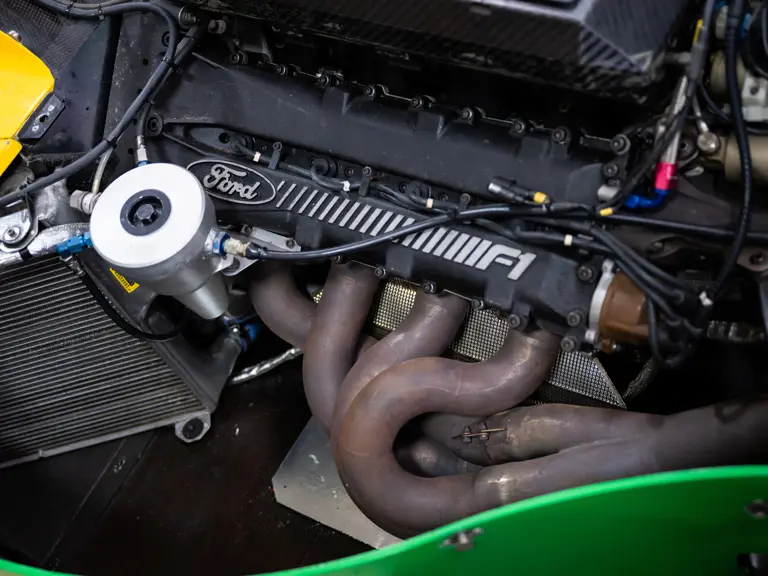

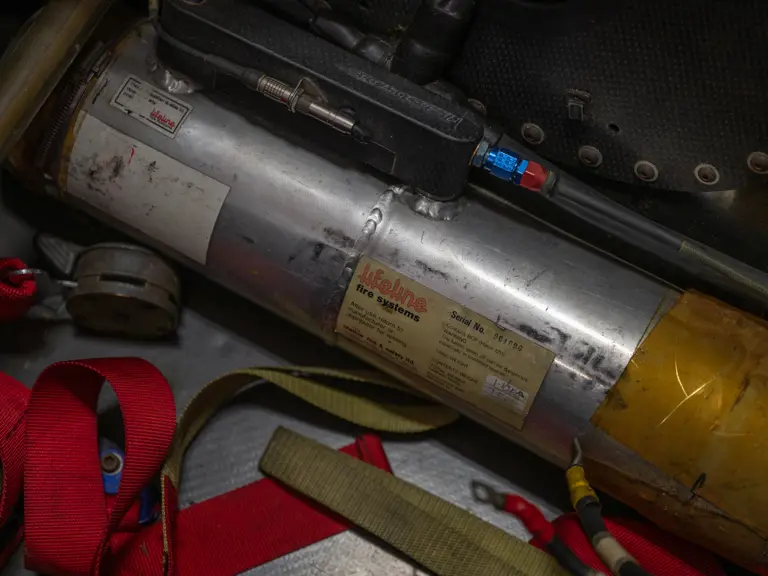

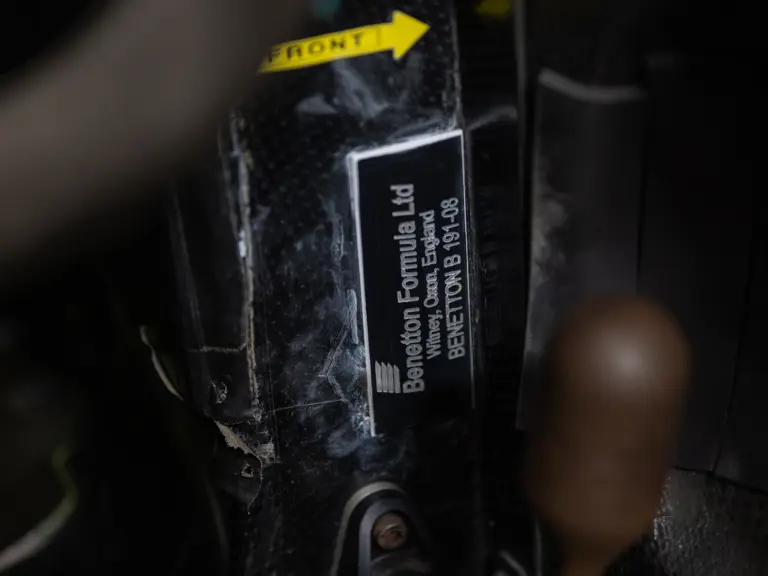
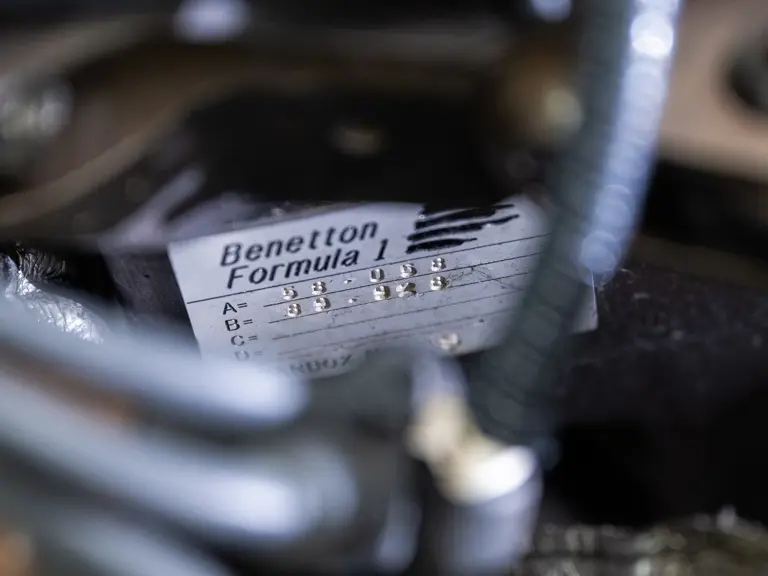

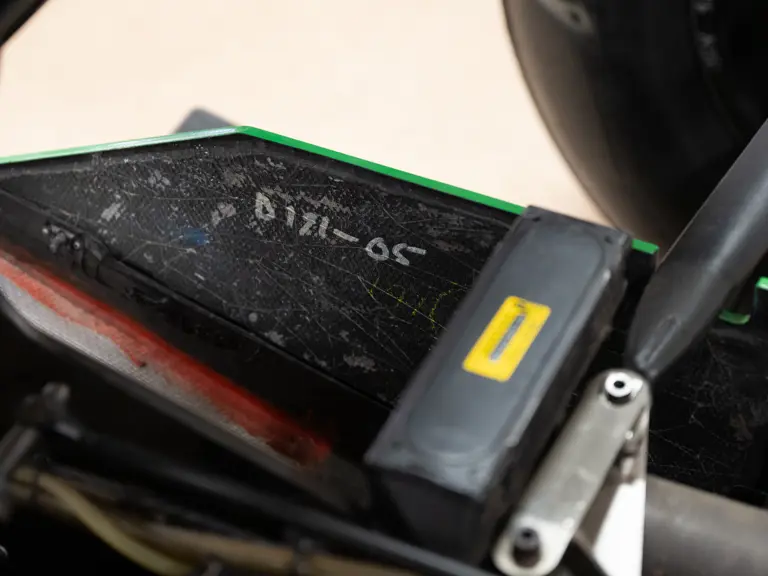
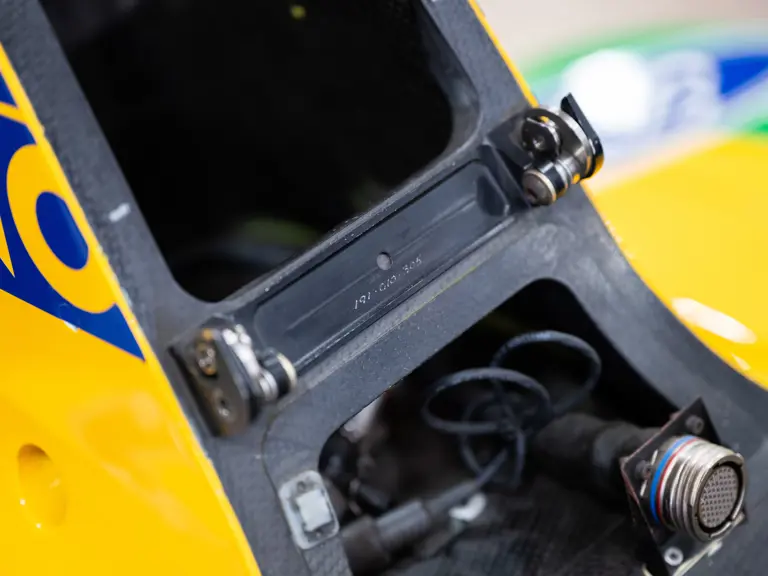
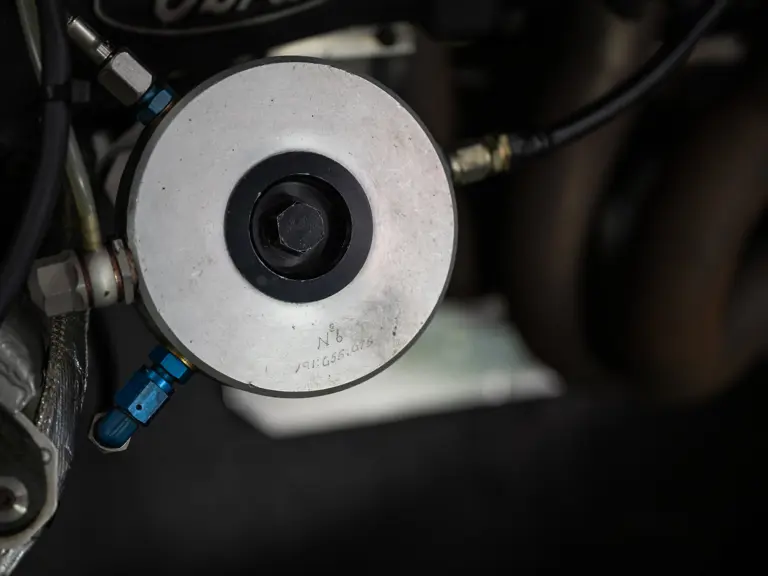
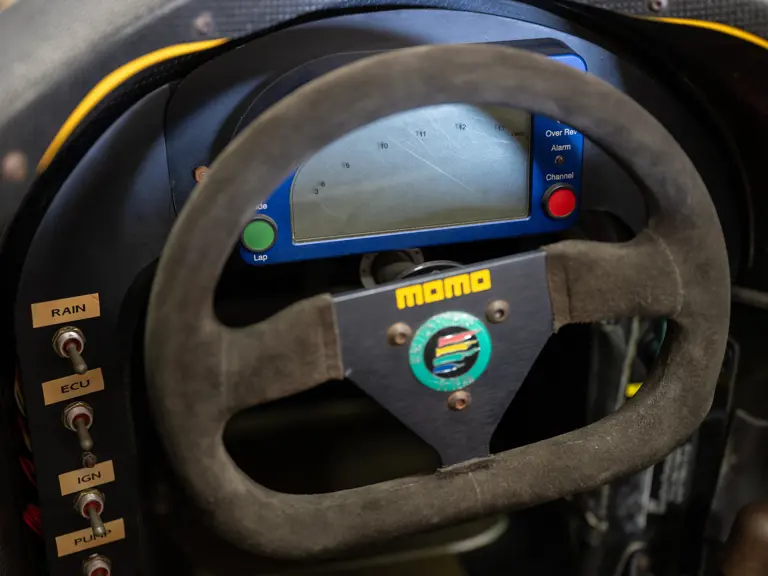
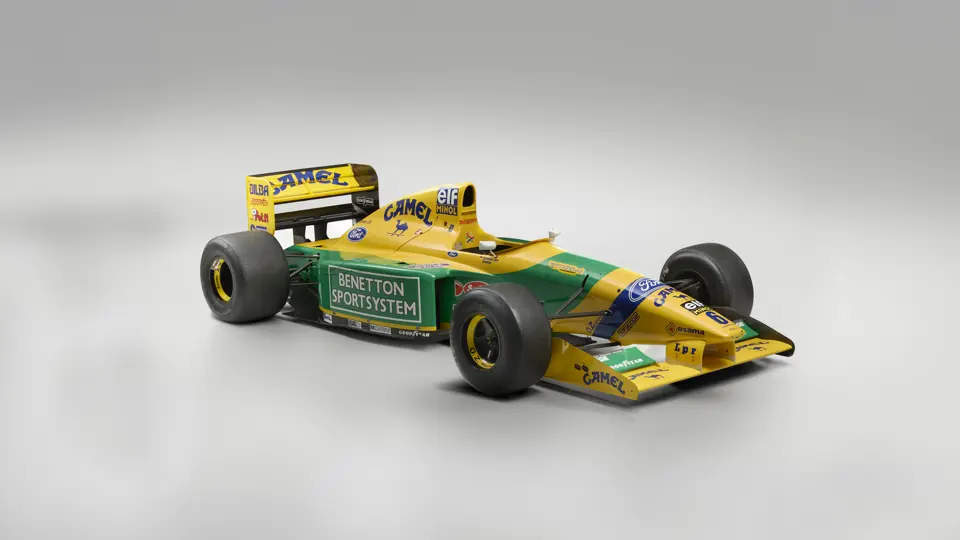
 | Coral Gables, Florida
| Coral Gables, Florida
